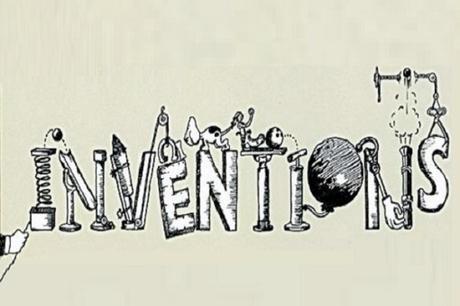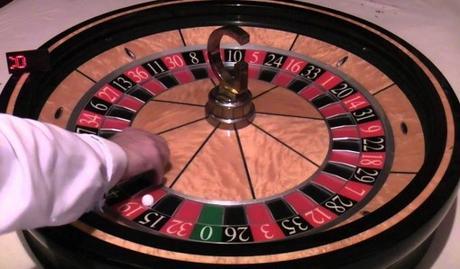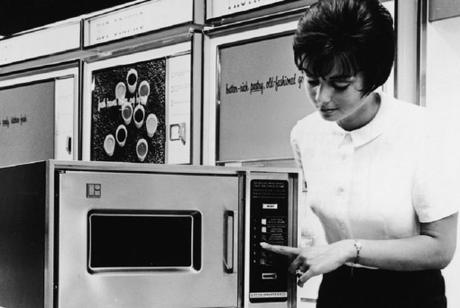
Top 10 Botched Inventions that Turned into Greatness
When thinking of inventions, one usually makes the assumption that the product was deliberately designed for its exact purpose. However, many great discoveries that are widely used to this day were actually discovered by accident, as seen in the list below.
TTop 10 Botched Inventions that Turned into Greatness
..


Matches
Image Source: cdn.lolwot.com Image Caption: burning match
10 – Matches
Our first famous accidental invention took place in 1826, when the English pharmacist John Walker noticed a dried lump of chemicals at the end of his mixing stick. When he tried to scrape it off, it caught fire. Marketed as ‘friction lights’, his sticks are still widely used today as matches.
9 – Dynamite
Alfred Nobel, after whom the Nobel Prize is named, owned a nitroglycerin factory, which was widely used as an effective yet highly unstable explosive. While conducting research to stabilize the substance, he accidentally dropped a vial on the ground, which usually would instigate an explosion. Upon investigation, it turned out the sawdust on the floor had absorbed the liquid and after some experiments, Nobel started mass-producing a mixture of the explosive with a form of silica to create what became known as dynamite
8 – Plastic
When Belgian-born American scientist Leo Baekeland was figuring out a way to produce a substitute for shellac, a bug-secreted resin used as a varnish and colorant, he accidentally stumbled upon something way more profound. By pressurizing a mixture of formaldehyde and phenol he created a robust yet moldable material that became known as the world’s first fully synthetic thermoset, most commonly known today as plastic – which is now widely used for virtually anything.
7 – X Rays
At the end of the 19th century the German physicist Wilhelm Conrad Röntgen was experimenting with various types of vacuum tube equipment to measure the effects of electrical discharges passing through them. When he surrounded one of the tubes with a black piece of cardboard as to prevent light from escaping, he noticed one of the chemicals started glowing a few feet away. Upon further investigation he discovered that the tubes emitted invisible light that could pass through many different materials, including skin, and it was not long before he starting making the first photos of the bones in his wife’s hands, calling them X-rays, with the X standing for ‘Unknown’.

The Roulette Wheel
Image Source: youtube.com Image Caption: Roulette spinning wheel.
6 – The Roulette Wheel
he French mathematician, inventor, physicist, and writer Blaise Pascal (1623-1662) spent a lot of his time trying to invent a perpetual motion machine, a device that can do work endlessly without an energy source. Even though Pascal has an impressive list of achievements that include being one of the inventors of the mechanical calculator, inventing the hydraulic press, and developing the world’s first syringe, he accidentally added a creation which is widely used to this day. Even though his attempts to develop a baffling perpetual motion machine failed time after time, during his quest he developed a nearly-frictionless spinning wheel that is now known as a roulette wheel, which is used in virtually any casino in the world. While he might not have been able to create a machine that violates the first law of thermodynamics, it is still impressive that his 17th century wheel is as broadly used as it is today.
5 – Potato Chips
Another highly entertaining backstory is the one of the potato chip. As the traditional story goes, the recipe was created in 1853 in Saratoga Springs, New York, when cook George Crum was dealing with a complaining customer. Allegedly, the client kept sending back his fried potatoes while stating they were too thick. Crum eventually sliced them razor thin and fried them until crisp. The customer loved the unusual potatoes and one of the most popular snacks of this day was born.
4 – The Big Bang Theory
In the 1950s the American engineer Wilson Greatbatch was building an oscillator to record heart sounds when he assembled the wrong transistor into his device. As a result, the invention started giving off rhythmic electrical pulses and it was not long until he realized it could be used as a pacemaker, which were very large in those days. He spent the next few years refining the device and was awarded the patent for the world’s first implantable pacemaker.
3 – The Big Bang Theory
In 1964 the two physicists Arno Penzias and Robert Wilson were experimenting with a sensitive horn antenna in order to identify radio waves that bounced off balloon satellites. The men did not seem to be able to eliminate a form of noise interference affecting their measurements despite their best efforts that included removing pigeon nesting from the antenna and cleaning their excrements. As faith would have it, a friend of Penzias told him about a preprint paper that was written by three astrophysicists who were doing their own research just 37 miles away at Princeton University. It was only then that the men realized the magnitude of their discovery; the radiation was theorized to be the footprint of the Big Bang and was the first convincing evidence of the theory. While not exactly an invention, the two men won a Noble Prize for their accidental discovery so it rightfully deserves a place on this list.

Microwave
Image Source: http://www.watchuseek.com/ Image Caption: Radarange Microwave Oven, Percy Spencer, 1945
2 – Microwave
In 1939 the American physicist Percy Spencer was working for the Raytheon Company, which was involved in manufacturing electronics for military use during the Second World War. One of these electronics was the magnetron; however, it was not used for popping corn back then but rather for improving the quality of radar detection of enemy aircraft and submarines. Spencer allegedly noticed a chocolate bar melting in his pocket when standing in front of an active radar set. After the end of the war, he spent many years making the product smaller and more efficient, leading to a commercially available microwave oven in 1967.
1 – Penicillin
In September 1928, the Scottish biologist Alexander Fleming returned to his laboratory after spending a month on holiday with his family. Notorious for having an untidy workspace, Fleming noticed that one of his cultures of bacteria was contaminated with a fungus and the mold had destroyed much of the colony. He decided to grow the fungus and discovered it killed numerous disease-causing bacteria. Fleming named it penicillin six months later, and many forms of the drug are still widely used today to combat various bacterial infections.
Some items on this list might have surprised the reader as much as some of the people who invented them!



